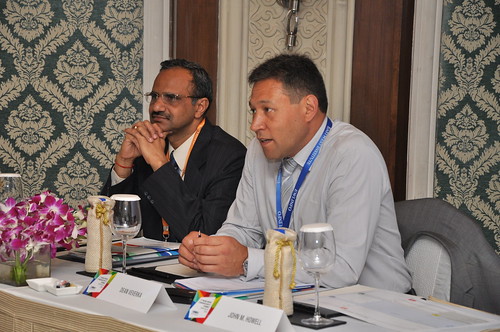
Indian Media Reports Progress on Undersea Cable Repairs
Two recent articles in the Hindu Business Line focus on India’s urgent need to shorten the time for undersea cable repairs in order to limit financial and production losses across the country. According to these reports, the Telecommunications Ministry has proposed to slash submarine cable repair time to three to five days, which would approach best-in-class performance. Currently, undersea cable repair processes can take over two months for Indian territorial waters, contributing to very slow restoration of Internet services and degraded performance.
The EastWest Institute has been advocating a major effort to improve the reliability and security of the cables based on the 12 recommendations made in a joint IEEE-EWI Report, The Reliability of Global Undersea Communications Cable Infrastructure (ROGUCCI) Report. EWI continues to champion many of these recommendations and conducts outreach seminars with senior government and industry leaders in India, as well as across the globe.


